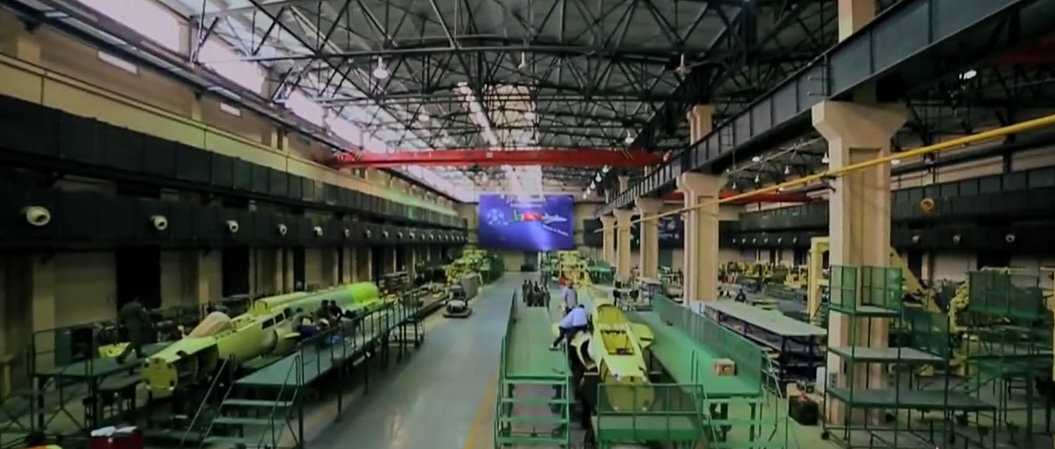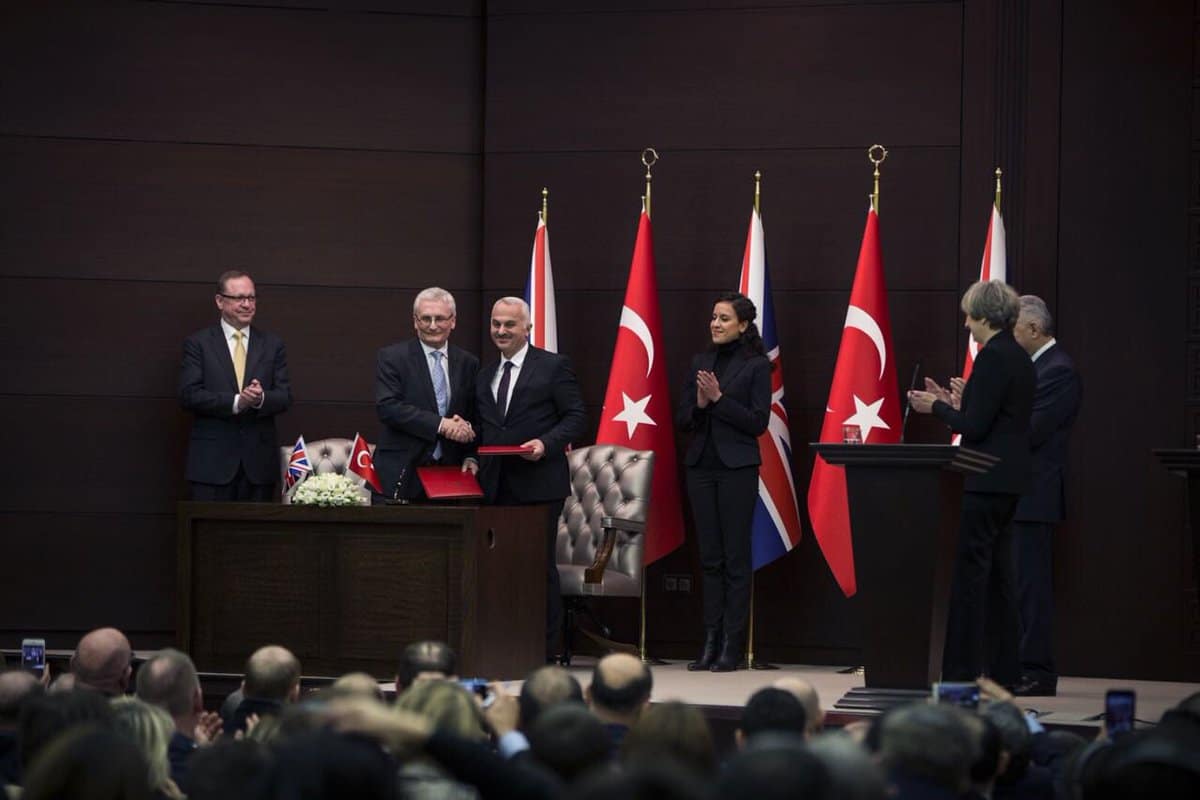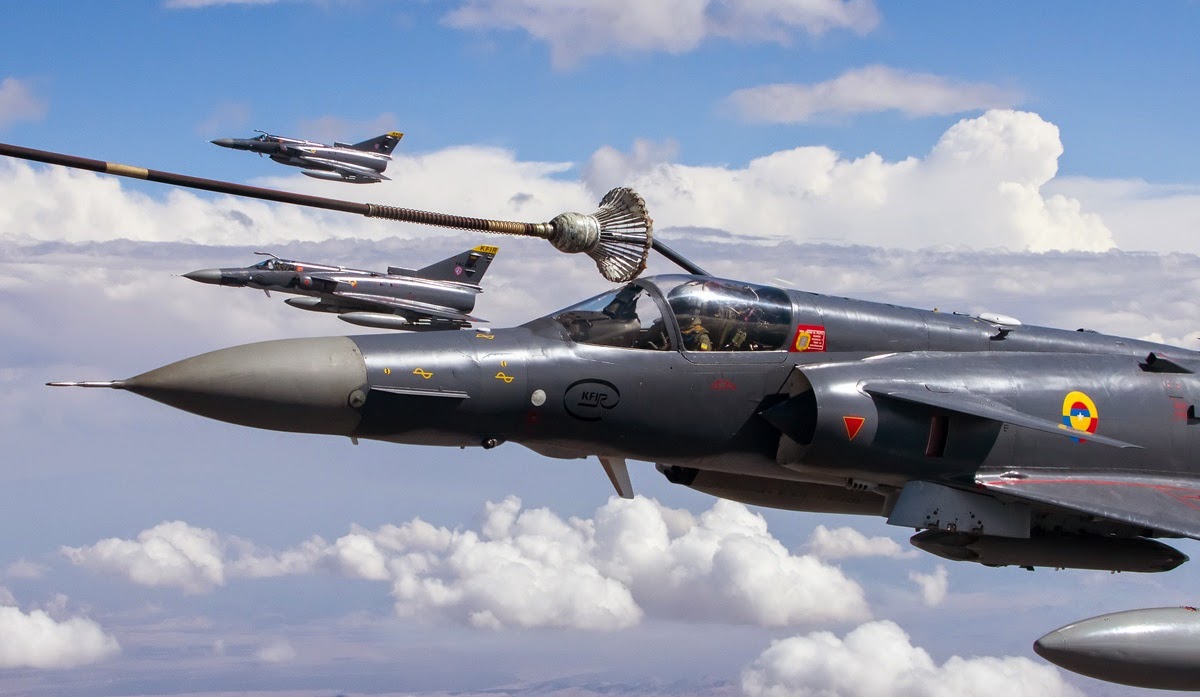37Views 13Comments

Pakistan Aeronautical Complex orders Portuguese Structural Health Management System
During the 2017 Paris Air Show, Pakistan Aeronautical Complex (PAC) signed an agreement with Critical Materials SA to acquire a Damage Tolerance Analysis/Structural Health Management (DTA/SHM) System based on the Portuguese firm’s PRODDIA AERO 3.0 DTA/SHM suite.
According to Critical Materials’ press release, PAC chose to acquire the DTA/SHM program to support its work in “(sic) High Performance Fighter and multi role platforms.”
Critical Materials’ CEO Gustavo Rodrigues Dias celebrated the deal, stating, “We feel proud and excited to work with Pakistan Aeronautical Complex, an elite aviation Industry of Pakistan … to implement our state of the art technology…”
Critical Materials’ PRODDIA AERO 3.0 will assist PAC and the Pakistan Air Force (PAF) in the following:
Improve estimates of aircraft load counts and remaining useful life;
Enhance the support for Operational Loads Monitoring (OLM), Damage Tolerance Analysis (DTA) and Structural Health Management (SHM);
Enabling the efficient management of dispersed and distant Assets for PRODDIA AERO 3.0 is implemented under a flexible and distributed architecture enabling a scalable solution for a large number of moving and distant assets.
Critical Materials describes the PRODDIA AERO as “an integrated Structural Health Management system that provides key information on the structural condition of aircraft to O&M decision makers.”
The PRODDIA AERO aims to increase aircraft availability by ensuring continuous and correct monitoring of airframe integrity and age, cost control by precisely identifying structural problems and estimating the Remaining Useful Life (RUL), supporting aircraft life extension and inspection-level maintenance support.
PRODDIA AERO 3.0 was revealed in May 2017 with updates to the PRODDIA AERO’s key feature sets, such as rainflow cycle counting for controlling RUL and OLM for aircraft life extension programs.
Critical Materials SA will execute its project in Pakistan through consulting firm TJ System Solutions.
Notes & Comments:
The PRODDIA AERO 3.0 can be utilized with fixed-wing aircraft, helicopters and unmanned aerial vehicles (UAV). Critical Materials’ product information indicates that the program can be applied upon combat and non-combat as well as military and civilian platforms. The system appears to comprise – or at least require – hardware sensors, which would feed data to Critical Materials’ proprietary software engine to allow the user to analyze an airframe. In turn, the PRODDIA AERO will locate ‘failure modes’ – i.e. cracks, debonding, deformation and delaminations. It can support metallic and composite aerostructures.
Although PAC’s initial emphasis appears to be on its fighter aircraft support (which constitutes the bulk of PAC’s work), the PRODDIA AERO is scalable. It can be expanded to support PAC’s bourgeoning mandate, which will include servicing helicopters and special mission aircraft.
Pakistan’s forthcoming talks with Turkish Aerospace Industries (TAI) for the T129 ATAK attack helicopter is believed to include workshare for PAC. However, a relatively large ATAK fleet would necessitate local maintenance, repair and overhaul (MRO) facilities as well. PAC’s repair of two Saab 2000 Erieye airborne early warning and control (AEW&C) systems and full recovery of the fourth would imply depot-level MRO facilities for the Saab 2000 as well (even with Saab support and supplied kits).
Besides supporting the direct maintenance process, the PRODDIA AERO is also a valuable tool for ensuring the efficiency of Pakistan’s spare parts supply channel. Critical Material states that the PRODDIA AERO can operate “under a flexible and distributed architecture … for a large number of moving and distant assets.” This implies that thorough airframe monitoring can occur outside of PAC Kamra, which can allow Air Force, Army and Navy air bases to report key information to PAC. In turn, PAC can optimally manage the ordering and – in the case of the JF-17 – production of spare parts. Besides managing cost, this may help Pakistan achieve higher operational availability rates with its aircraft.


